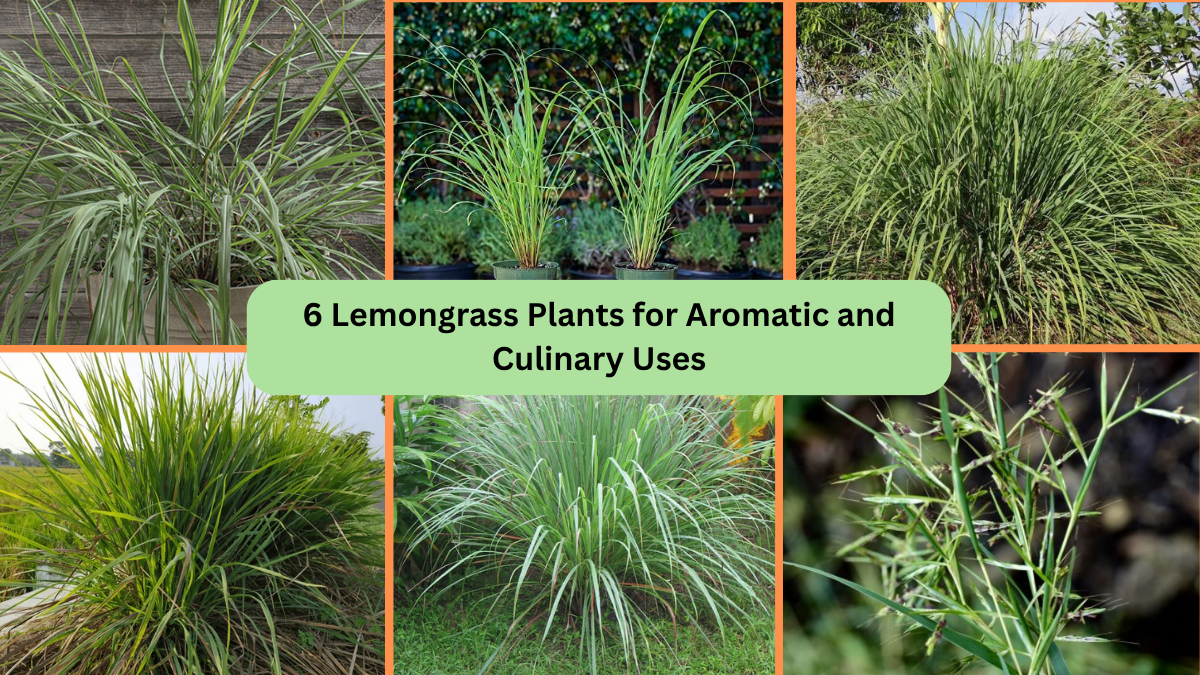Lemongrass is a wonderfully versatile plant known for its citrusy fragrance, medicinal benefits, and culinary charm. This fast-growing, easy-to-care-for herb thrives in sunny, well-drained conditions and brings an exotic touch to any garden or kitchen. From flavorful stir-fries to soothing teas and even mosquito-repelling properties, lemongrass is a must-have for plant lovers. Let’s discover 6 unique lemongrass plants that are perfect for both aromatic and culinary delights.
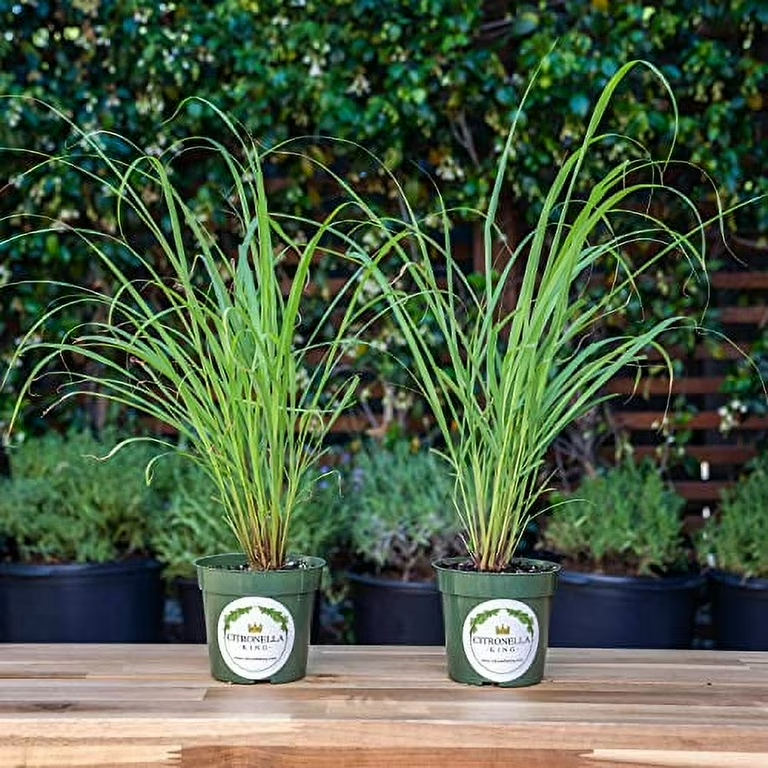
1. Cymbopogon citratus (West Indian Lemongrass)
West Indian Lemongrass is the most popular variety used in cooking, especially in Southeast Asian cuisines. Its tender, pale green stalks have a sweet lemon flavor with a hint of ginger, perfect for curries, soups, teas, and marinades. This fast-growing plant prefers full sun, rich soil, and regular watering. Its lush, grassy foliage also adds an ornamental appeal to gardens and patios. In addition to its culinary uses, it’s a natural mosquito repellent and can be used in essential oils for aromatherapy.
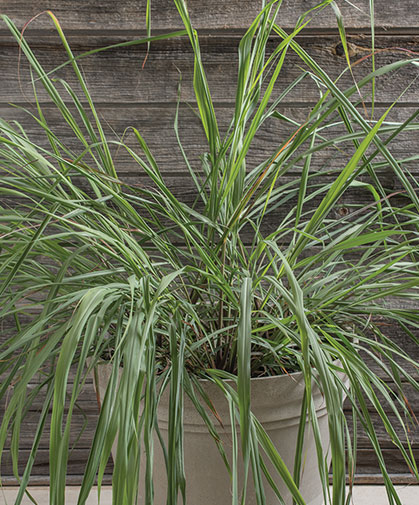
2. Cymbopogon flexuosus (East Indian Lemongrass)
East Indian Lemongrass is another widely cultivated variety, primarily grown for its essential oil production. It has slender, aromatic leaves and an intense lemony scent. Though it’s not as tender as West Indian Lemongrass for culinary use, it still finds its way into teas and broths. This hardy plant thrives in warm, sunny locations and well-drained soil. Its high citral content makes it valuable for perfumes, cosmetics, and herbal remedies, offering anti-inflammatory and antimicrobial benefits.

3. Cymbopogon winterianus (Java Lemongrass)
Known for its powerful fragrance, Java Lemongrass is primarily cultivated for its essential oil, citronella, which is widely used in natural insect repellents, candles, and skin products. It features tall, arching green blades and a strong citrus aroma. While it’s less tender for eating, it can still be used in infusions and decoctions. Java Lemongrass grows best in full sun and moist, fertile soil, making it an attractive addition to herb gardens or tropical landscapes.
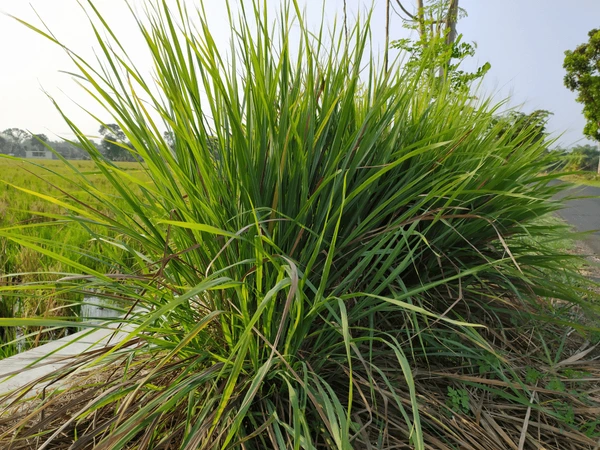
4. Cymbopogon nardus (Ceylon Lemongrass)
Often referred to as Ceylon Lemongrass, this species is commonly associated with citronella oil production. Its coarse leaves release a refreshing lemony fragrance that repels insects and enhances outdoor spaces. While not as favored for cooking due to its tough texture, it’s occasionally used in herbal teas and medicinal concoctions. This low-maintenance plant thrives in sunny spots with well-drained soil and is perfect for gardeners seeking an aromatic border plant or natural insect deterrent.
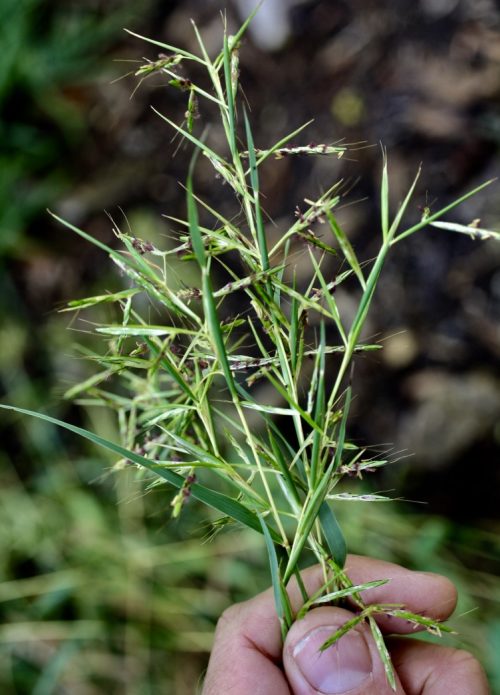
5. Cymbopogon martinii (Palmarosa)
Palmarosa, though a lemongrass relative, offers a unique rose-like fragrance with subtle lemon undertones. It’s grown mainly for its essential oil, prized in skincare and aromatherapy for its soothing, anti-aging, and antimicrobial properties. The long, slender leaves are aromatic, making them a pleasant addition to herbal potpourris and teas. Palmarosa grows well in sunny, well-drained locations and adds both beauty and fragrance to garden beds and patio containers.
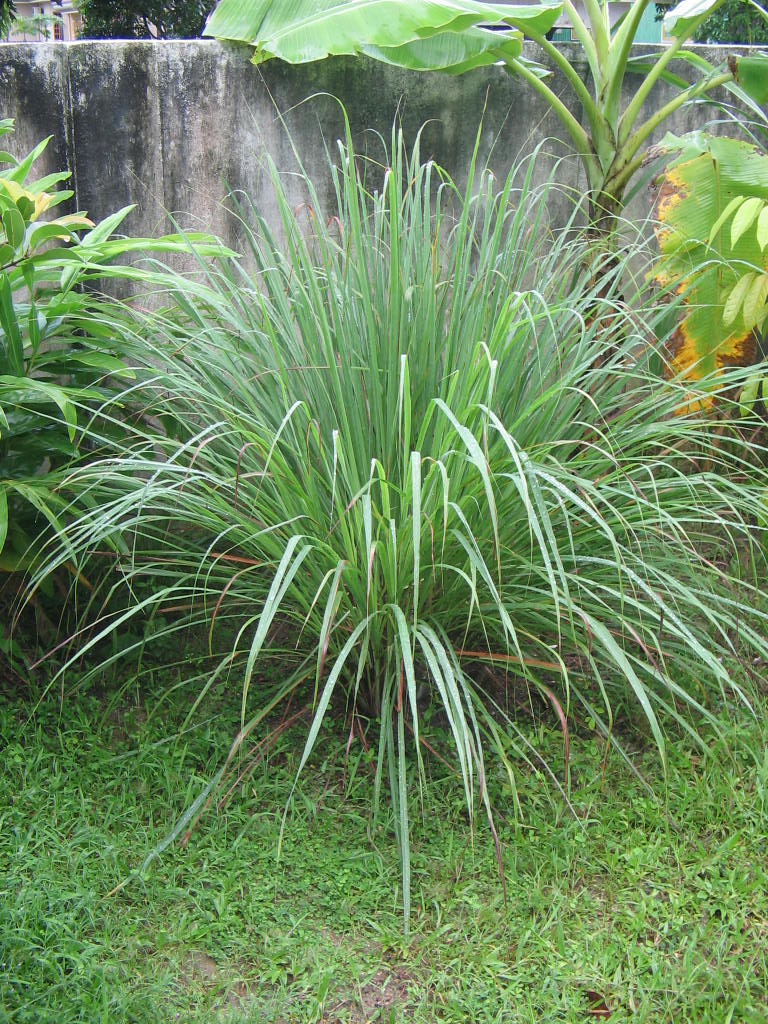
6. Cymbopogon schoenanthus (Camel Grass)
Camel Grass, sometimes known as Sweet Lemongrass, is native to arid regions and valued for its soft, aromatic foliage. It emits a mild, sweet lemon scent and is used in traditional herbal medicines and teas. While less common in culinary dishes, it’s appreciated for its calming aroma, often used in air fresheners and incense. This hardy plant thrives in hot, dry conditions and poor soils, making it a great choice for drought-tolerant gardens or decorative herb beds.
Final Thoughts
Lemongrass plants are not only prized for their fragrant foliage but also for their culinary, medicinal, and aromatic benefits. Whether you’re a cook, herbal tea lover, or natural wellness enthusiast, these 6 lemongrass varieties offer something special for every gardener. Mix and match them in your herb garden to enjoy year-round greenery, delightful scents, and a harvest you can savor in the kitchen and beyond.
Would you like a care and harvesting guide for lemongrass too? I’d be happy to prepare one for you!
